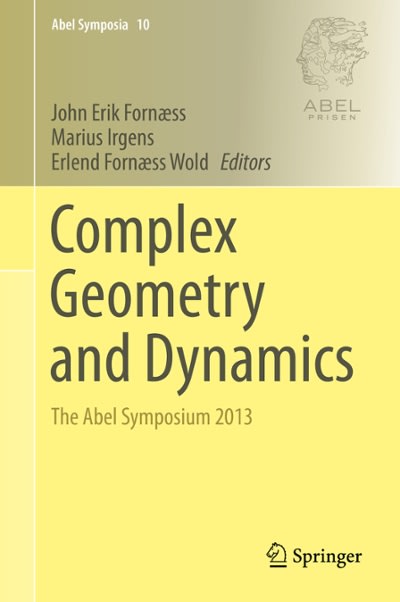Question
Applying Methods of Central Tendency and Dispersion Part 1: Case Study You work in the Statistical Process Control Department of a company that manufactures chocolate
Applying Methods of Central Tendency and Dispersion
Part 1: Case Study
You work in the Statistical Process Control Department of a company that manufactures chocolate truffles. Your department collects data from many of the different manufacturing processes and analyzes these data for trends which can identify potential problems in the manufacturing process. At certain points during the chocolate truffle manufacturing process, a random sample of truffles is taken and measurements of each truffle in the sample are recorded. These measurements are used for Quality Control (QC) purposes to ensure that the manufacturing process is producing chocolate truffles that fall within the allowable tolerance limits.
In the past three months, QC measurements from one of the manufacturing processes has shown an unusually large number of high and low measurements. This could be indicative of a manufacturing problem, non-compliance with QC measurement taking procedures by some new employees, or data entry errors. The VP of Manufacturing wants you to investigate these high and low measurements.
This will be a tedious and time consuming task. During the QC process when the chocolate truffles are measured, the measurements are recorded on paper and later hand entered into a data base. You will need to pull all the paper records so you can check the hand written values against the values entered into the data base as well as gather additional information that is collected but not entered in the data base such as the assembly line that produced the truffles and the inspector who performed the QC measurements.
For the three month period, the data base contains approximately 10,000 measurements for the manufacturing process. The VP has suggested that you check the highest 10% and the lowest 10% of these measurements.
Is this a good way of selecting the outlier values? Why or why not? Using what you have learned about measures of central tendency and dispersion, can you think of better ways (list as many as possible that have been reviewed) to select the outlier values so as to reduce the number of data points that you need to check? Explain your reasoning and answers for distributions that are normal or skewed.
Note: A discussion of QC or SPC methodology (such as use of control charts, Pareto analysis, etc.) isnotappropriate here. Remember that the VP doesn't know what is causing these extreme values - it may or may not be the manufacturing process - so his first step is to identify and further analyze the outlier data. Your task is to help him define better ways of selecting the outliers.
Step by Step Solution
There are 3 Steps involved in it
Step: 1

Get Instant Access to Expert-Tailored Solutions
See step-by-step solutions with expert insights and AI powered tools for academic success
Step: 2

Step: 3

Ace Your Homework with AI
Get the answers you need in no time with our AI-driven, step-by-step assistance
Get Started


